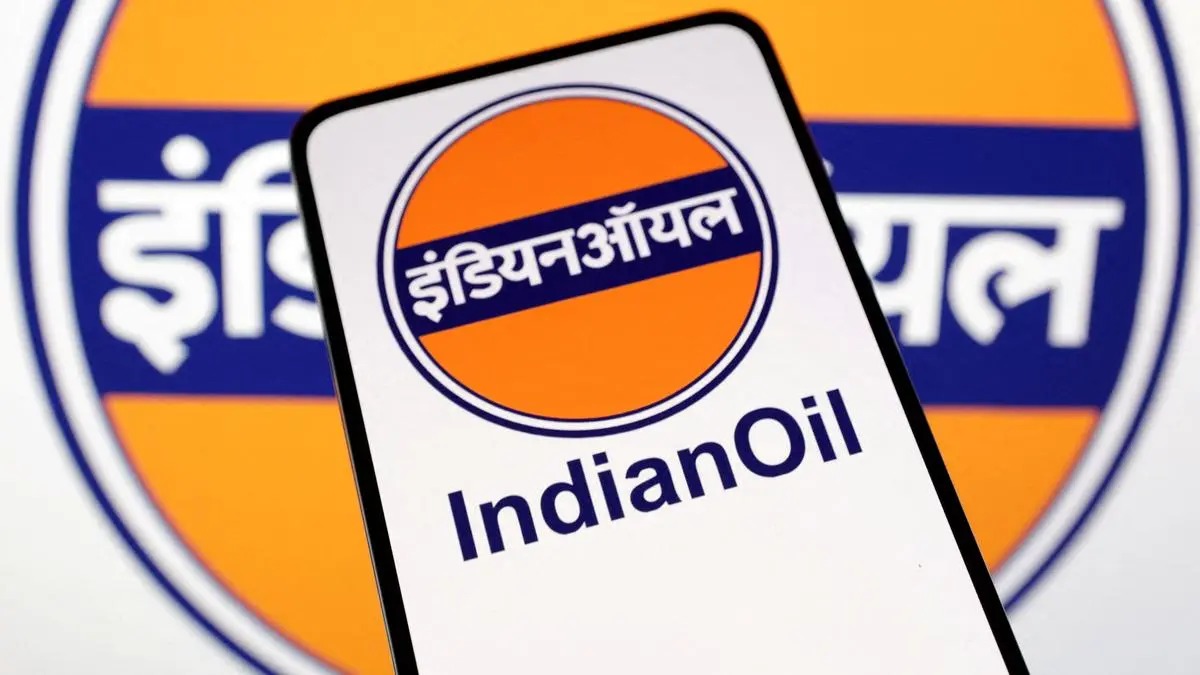Indian Oil Corporation Ltd (IOCL), the country’s largest integrated oil refiner and marketer, is entering a transformative phase in its operational strategy. In a recent executive briefing, the company outlined a multi-pronged approach to meet India’s surging energy demand over the next decade. With plans to expand refining capacity, diversify crude sourcing, and increase petrochemical intensity, IOCL is positioning itself as a central pillar in India’s energy future.
Here’s a comprehensive look at the company’s roadmap and its implications for the domestic and global oil landscape.
Key Highlights From The Executive Briefing
- Indian Oil will add new refining capacity within the next one year to meet rising domestic fuel and feedstock demand
- The company is targeting a petrochemical intensity of 10 to 12 percent in its refining systems, up from the current 6 percent
- IOCL is actively diversifying its crude oil supply sources to mitigate risks from geopolitical tensions
- India is projected to be the world’s leading growth driver for oil demand over the next ten years
- The company’s strategy aligns with national energy security goals and global supply chain recalibration
Refining Expansion To Meet Domestic Demand
India’s fuel consumption continues to grow at a rapid pace, driven by urbanisation, industrial expansion, and rising mobility. To meet this demand, IOCL is accelerating its refining infrastructure. The upcoming capacity additions will support both domestic supply and export potential, reinforcing India’s role as a refining hub in Asia.
- The HPCL Rajasthan Refinery Ltd in Pachpadra is set to launch in 2025, adding 9 million metric tonnes per year to national capacity
- IOCL’s existing refineries, including Paradip and Panipat, are undergoing upgrades to handle more complex crude grades
- The company aims to contribute significantly to India’s target of 300 million tonnes refining capacity by 2030
Petrochemical Integration Gains Momentum
Indian Oil is also ramping up its petrochemical footprint, aiming to increase the petrochemical yield from its refining systems. This shift reflects a strategic pivot toward value-added products and downstream integration.
- Current petrochemical intensity stands at 6 percent; IOCL is targeting 10 to 12 percent over the next few years
- The expansion will support domestic manufacturing, packaging, and industrial sectors
- New units for polypropylene, ethylene glycol, and other derivatives are being planned across major refineries
Crude Diversification Amid Global Volatility
With geopolitical tensions reshaping global oil flows, Indian Oil is recalibrating its crude sourcing strategy. Traditionally reliant on Middle Eastern suppliers, India is now expanding its import basket to include South American, African, and Russian grades.
- India imported an average of 1.7 million barrels per day of Russian crude in 2024, making Russia its largest supplier
- The United States and Guyana are emerging as alternative sources, offering competitive pricing and long-term contracts
- IOCL is prioritising medium-grade and sour crude blends that align with its refining configurations
India’s Role In Global Oil Demand Growth
India’s energy appetite is set to reshape global oil dynamics. According to S&P Global, India’s oil demand grew by 3.2 percent in 2024, outpacing China’s growth rate. This trend is expected to continue, with India projected to be the fastest-growing oil consumer through 2035.
- India’s oil demand is forecast to grow by 180,000 barrels per day annually over the next decade
- The country’s delayed peak oil demand compared to China offers a longer runway for growth
- IOCL’s infrastructure investments are designed to support this sustained consumption trajectory
Strategic Alignment With National Energy Goals
Indian Oil’s initiatives are part of a broader national strategy to ensure energy security, reduce import dependency, and support economic growth. The government’s push for refining expansion, exploration acreage growth, and cleaner fuels is being actively supported by IOCL and other public sector undertakings.
- India’s refining capacity increased from 215 million tonnes in 2014 to over 256 million tonnes in 2024
- IOCL is investing in hydrogen, biofuels, and carbon capture technologies as part of its green transition
- The company is also exploring digital transformation and AI-driven process optimisation
Conclusion: A Decisive Decade For Indian Oil
As global energy markets evolve, Indian Oil’s integrated strategy—spanning refining, petrochemicals, and crude sourcing—positions it as a resilient and forward-looking player. With India poised to lead global oil demand growth, IOCL’s operational discipline and investment focus will be key to sustaining its leadership.
Sources: ETEnergyWorld, Press Information Bureau Global Commodity Insights
